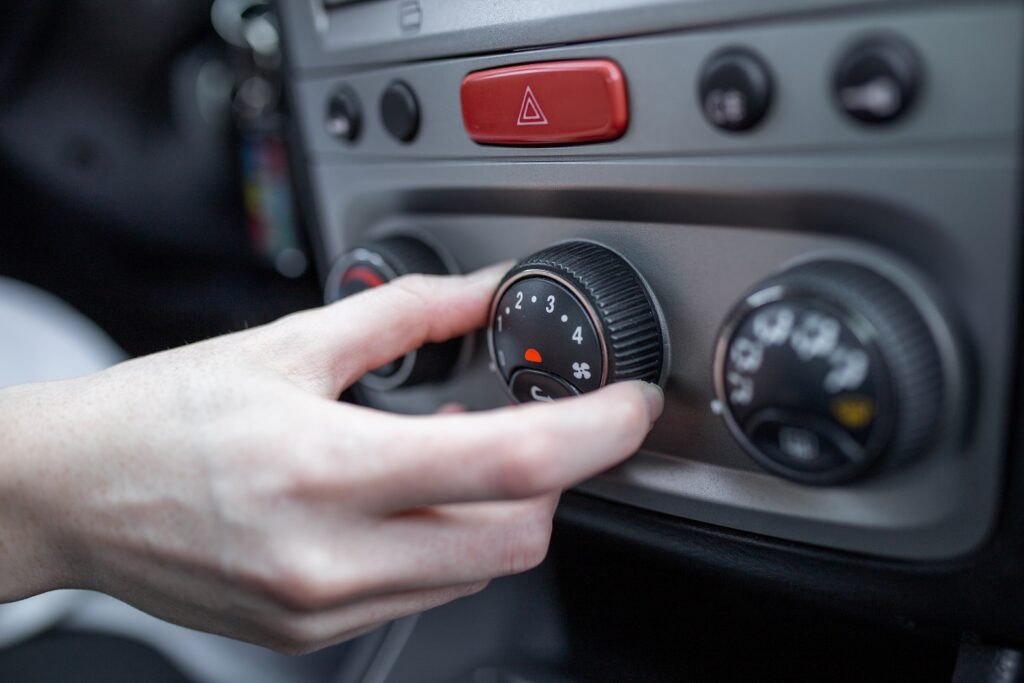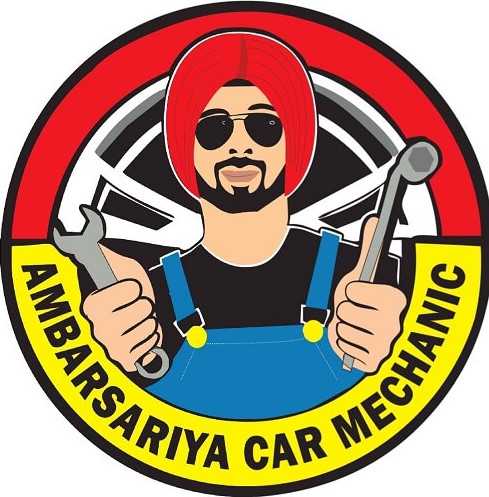How to Keep Your Car A/C Running Cold and Efficient
Without a good car air conditioning system, a stray degree too high in the Australian summer spells disaster. Every car owner must know how to keep car A/C cold and efficient so their ride is comfortable and the entire system lasts a little longer.
Whether you’re an old hand at driving or a brand-new car owner, Ambarsariya Car Mechanic will teach you how best to maintain your car’s climate control system, spot issues early, and stay cool for as long as the weather stays hot.

Why is Car A/C Maintenance Necessary?
An auto cooling system, if left unchecked, will begin to give slow performance, wash down fuel economy, and bring about expensive fixes. Diagnosing issues with your air conditioning system on a regular basis will surely keep minute problems from becoming a great headache.
Think of your A/C like any other part of your car-it needs attention to keep it in top working order. Without attention, things like the compressor, evaporator, or thermal expansion valve are susceptible to wear or clogging, which in turn limits the airflow and cooling ability..
1. Schedule Regular Air Conditioning Diagnostics
It does smartness for the maintenance of an A/C system to have annual air conditioning diagnostics. Such an example includes checking HVAC refrigerant recharge levels, pressure testing the lines, ensuring each component is fully working in conjunction with every other.
Technicians at Ambarsariya Car Mechanic in Australia use state-of-the-art diagnostic tools to test the air pressure and search for blockages so that your A/C is running as it should. A thorough inspection can immediately denote whether your compressor is malfunctioning or if the sensor isn’t calibrated correctly, or if it’s leaking refrigerant.
2. Monitor Refrigerant Leaks
Slow leaks rank among the most commonly missed issues for A/C systems. Perhaps the system isn’t blowing out cold air as it usually used to, and that can be accepted as a clue on the basis of which the refrigerant may be somewhat reduced. Not only does this hamper proper cooling, but it will also place undue stress on the compressor, leading eventually to costly compressor failure.
The professional mechanics thus detect leaks by using tests that involve UV dye or electronic sniffer equipment to pinpoint leak sources-from hoses, connections, or the condenser. Sealing leaks promptly saves the system from pressure loss and inefficient cooling.
3. Ensure Proper Airflow
If the cold air from the A/C system feels weak even when it is set on high, you probably have some airflow issue. Clogged cabin filters, dirty evaporators, or bad fan motors will reduce the amount of air exiting your vents. In some cases, the problem involves replacing the fan motor, more so if you notice funny sounds while the fan is running. A weak or non-functional fan motor will always deny the cabin of cooling, no matter how well charged the system is.
4. Electrical matters should never be ignored
In the A/C of today, sensors and electronic controls have a great role to play. Faulty wiring or incorrect calibration of sensors are likely to cause intermittent cooling or total failure of the climate control systems.
The certified technicians at Ambarsariya Car Mechanic carry out tests on the electrical wiring and help in the repair of all components to make sure all relays, switches, and control modules are communicating properly within the system.
5. Keep the condensing unit and evaporator well maintained
The condenser discharges the heat absorbed from inside the car. When clogged by debris or even damaged, it calls for condenser repairs to work properly. If blocked, the condenser causes high system pressure that may result in compressor malfunction or a blown fuse.
Similarly, the evaporator plays a crucial role in absorbing heat from the cabin air. When it’s dirty or clogged, it can lead to evaporator issues like foul smells, reduced cooling, or condensation leaks inside the car.
6. Consider System Flushing
Old refrigerant, oil, and debris may accumulate inside the system as time goes by. In that case, a full flushing of the system may be suggested. The flushing process clears the interior of the A/C system so that the new refrigerant and oil can flow freely and be maintained under pressure.
Ambarsariya Car Mechanic system flushes are done when the vehicle shows signs of slow cooling or contamination after component replacements.
Calibration for sensors is crucial in newer vehicles. Wrong readings might prevent your system from achieving the targeted temperature in the cabin. Mechanics reset and also calibrate these sensors, using diagnostic tools, with the best parameters.
7. Calibrate Sensors and Test Pressures
Pressure testing also should not be forgotten. This helps to ensure there is no imbalance in pressure which otherwise could cause poor cooling, wastage of energy, or even damage to the components.
8. Know When to Recharge Refrigerant
Timely refrigerant recharging in an HVAC system keeps cooling at optimum efficiency. Unlike fuel, refrigerant never gets “used up” under normal operations, although leakages and system aging gradually reduce the levels. Having low levels of refrigerant would again result in poor cooling and over-straining of the compressor, thereby giving rise to inefficiencies. The Ambarsariya Car Mechanic personnel perform a precision recharge based on correct gauge readings so the system is neither overcharged nor undercharged.
Final Thoughts: Stay Cool, Stay Smart
It is not rocket science to keep your car A/C cold and running efficiently: a little care, prompt diagnosis, and an appropriate solution. When it comes to A/C maintenance, from compressor repairs to sensor calibrations to electrical wiring repairs, keeping your car cool and sweat-free takes precedence over Impulse buys.
For Aussie drivers confronting the sweltering summer heat, Ambarsariya Car Mechanic is your end-to-end solution to keep your auto cooling system reliable year in and year out.
